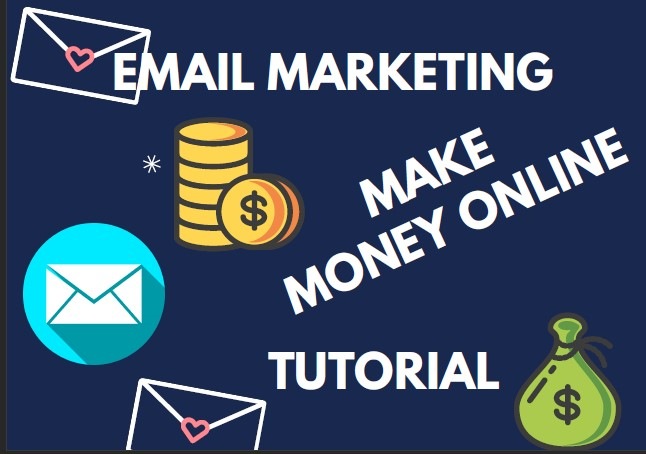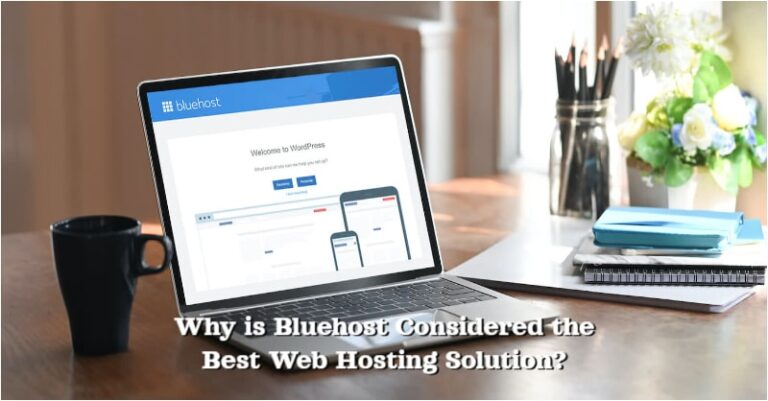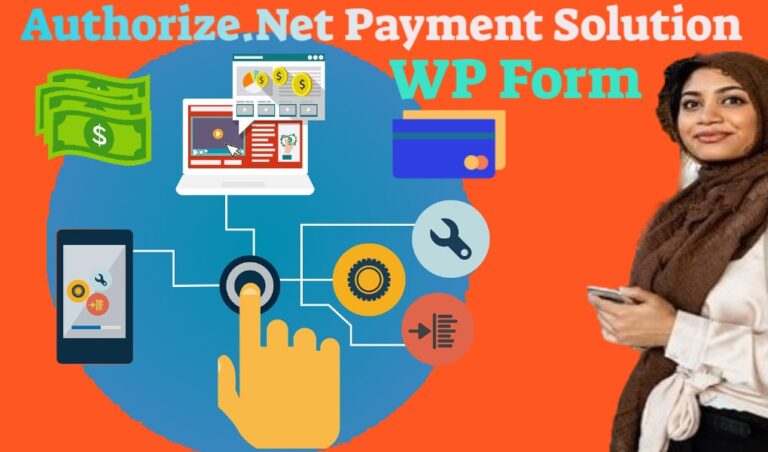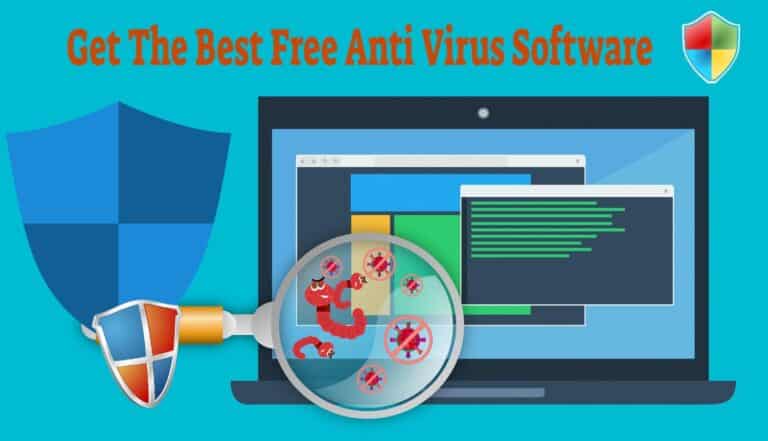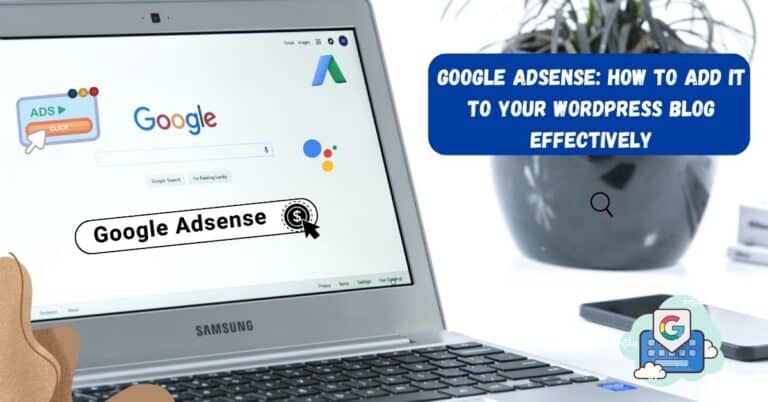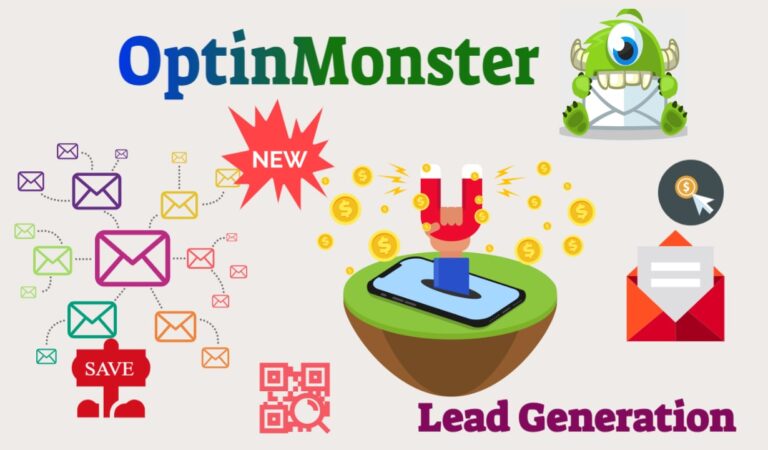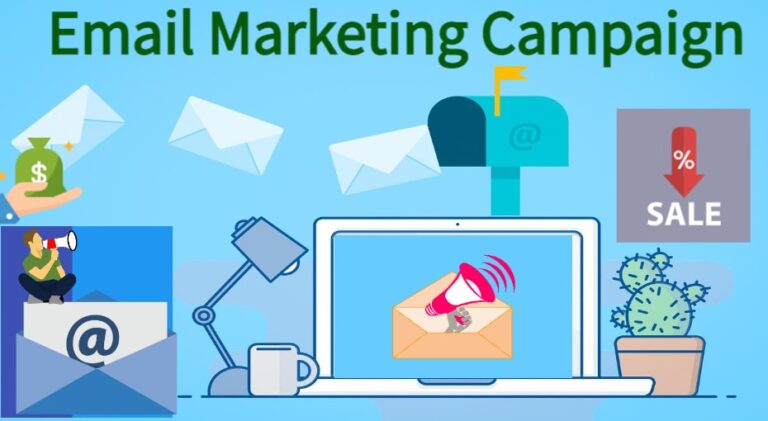Email Marketing: A Complete Guide For Beginner
Email Marketing For Beginners
Email marketing is an essential part of any company’s digital strategy.
In the past few years, it has become a necessity rather than just another tier on a ladder. 99% of consumers check their email every day.
Read this beginner’s guide to find out more about how you can make your business successful with these 5 tips.
Executing successful email marketing campaigns isn’t as easy as some might think because, in recent years, mailings have gone from being one step up your company’s list of digital campaigns to becoming undeniable necessities for all businesses.
The good news is that over half (54%) of people who regularly use social media are signed up for at least three different mailing lists and nearly 60 percent open emails they recognize within 24 hours.
One of the most important aspects of email marketing strategies is getting your recipients engaged and prepared for what’s coming up next.
It takes time, listening, analysis, effort, and strategy in order to achieve these goals.
The key aspect of successful campaign management is building trust with your contacts through a sincere relationship that lasts long-term rather than just being another company that sends spam from their inboxes every day.
What is Email Marketing? Simple definition

Email marketing is a continuous campaign of content delivery that has immense potential to be effective. You collect email addresses from people who are interested in your business’s offerings, and then send them regular newsletters about the latest updates or events you have planned for them.
Over time, email marketing will help build those relationships so that your subscribers trust you and know enough about your business to be ready to buy.
Emailing is a much more effective way to promote your brand because you can reach any age and audience. In the US, over 90% of people use email and it reaches about 85%.
Verbatim: “Emailing is less expensive than social media marketing while reaching all audiences.”
What Makes Email Marketing So Effective?
You may look at the numbers (%) above and wonder how it is possible that email marketing is so effective.
Below are a few reasons why you should not wonder:
- Regular Communication: A website visitor will likely visit only once and will never return. Email marketing allows you to stay connected and convince them to keep coming back.
- The ability to build trust: On their first visit, the person may not trust you enough or understand your business enough to make a purchase. Email marketing allows them to get to know you better and builds trust.
- Everyone uses email: Email is everywhere. Almost everyone has an email address and they are usually willing to provide one in exchange for great content.
- More Personal Than Social Media: Email is personal. Unlike a social media update that broadcasts publicly to all of your followers, an email in your personal inbox can still feel like a private letter addressed to a person.
Now that you know how email marketing works and why it is so powerful, let’s learn some of the best practices for email marketing and how to conduct email marketing right away.
Best way to do email marketing?

In this section, I’ll walk you through each step of the process of getting started with email marketing. Before you realize it, you will become a master provided you pay attention to every detail with no mess around.
I would like to make everything as simple as possible so that everyone who can barely read and write would understand it. The first part is divided into three broad steps for easy understanding. Are you ready? Let’s start.
Step 1: Choose an email marketing service
Before you start sending any emails, you’ll need email marketing software to send them.
You might think you can just send emails with your personal email address to start free email marketing. But this proved to be a bad idea for a number of reasons.
It is very important that you do not send marketing emails from your personal email address because of the following reasons:
(i) Lack of privacy:
If you send emails to multiple people, they will all be able to see each other’s email addresses, which is a violation of their privacy.
(ii) Violates the CAN-SPAM Act:
If you send emails to anyone in the US, you need to comply with the CAN-SPAM Act, including making it easier for people to unsubscribe from all future emails. But most of all, these requirements will be taken care of by Email marketing services.
(iii) Deliverability:
Using your personal email address to send emails is risky for a number of reasons because you can easily be marked as spam. Your emails could also be blocked by recipients as a result. Fortunately, Email marketing service providers, these days, always optimize delivery.
(iv) Scalability:
Looking to expand your list quickly? It’s hard to keep track of all those email addresses, names, and other details on your own. In fact, it is quite easy and simple to grow your email list from zero to thousands of subscribers in no time if you use a good email marketing software. You’ll learn more about a good email-marketing-software later.
(v) Design:
If you are not a techy person and want to send professional and attractive emails that include images, and fancy layouts, you may need an email marketing service that offers pre-designed templates and other necessary features. Otherwise, you will have to deal with all the coding yourself. Fortunately, for beginners, there are lots of websites where you can design simple but attractive email marketing templates.
For example, you can sign up for design cap or canva.com for free. You can learn more about graphic design software in my DesignCap review.
(vi) Automation:
Automated email marketing is of great help in making your email marketing ROI higher. When you set up your marketing sequences, you can use automation. This allows you to send emails in sequence and will help you increase your conversion rate.
Do you really need a good email marketing service?
To implement your email marketing strategy correctly, you need to use one of the best email marketing services for your blog or business – besides GetResponse, System.io is also recommended for beginners especially, those who are on a budget. Learn more about it.
Further, you also need good content. However, in order to attract visitors to your site and convert them into email subscribers, the first step is optimizing your content with SEO tools by doing keyword research.
There are a number of free online resources available for this purpose that I’ve found on my own journey as well.
Moreover, my real intention is to provide people the best resources which are freely accessible.
Why should someone go for paid version/tool when there are free reliable resources available?
Check out the 11 Best Free Keyword Research Tools. There are so many options that it can be difficult for beginners to tell which Service is the best to start with.
So, I personally did the research from a beginner’s perspective and selected some of the best service providers below.
Three Popular Email Marketing Services for Beginners
1. GetResponse: Best Landing Page Features and Automated Sales Funnels
GetResponse is the online marketing platform for all your business needs.
With features like email campaigns, high-converting landing pages, and webinar software, you can be sure that with GetResponse’s help it will grow faster than ever before.
One of their best features is Autofunnel – a tool with 30+ ready-made templates to generate sales at an amazing rate.
Whether you want to drive lead generation, product sales, or webinar registrations, Autofunnel is the answer.
They’ve optimized their 500 templates for nurturing your email list and maximizing conversion rates in your funnel: GetResponse Autofunnel Tool.
Unfortunately, they have a few outdated-looking templates that may need an update soon. But what makes them great isn’t just aesthetics – it’s how much time and money these automation tools save.
GetResponse is a great tool for building automated sales funnels, landing pages, and more.
Its smart automation tools allow you to segment your lists so that they don’t have the same experience with each email campaign.
GetResponse also has an intuitive drag-and-drop builder which makes designing high-quality emails easy.
The GetResponse Email Creator is an intuitive tool that will help you design and deliver lead-generating campaigns.
It’s considered one of the world’s easiest email marketing tools with drag-and-drop ease.
Join their free Strategic Email Marketing Course and learn how to master all the necessary skills, and much more.
2. Hubspot: Best Email Marketing Software for Marketers

HubSpot is the most integrated marketing package on the market and this makes it one of the best ways to design, optimize, and send fantastic-looking emails. They provide a ton of custom features that allow you to pick and plan for your small business or large enterprise needs with ease.
Did you know that there are pre-made email templates? They allow for text, images, and buttons to be inserted. You can also divide the content with dividers or add all sorts of assets like layouts. This is true customization at your fingertip.
I found their email editor the easiest to use on the market. It’s much faster and more user-friendly than other tools out there because of its intuitive interface, drag-and-drop functionality, built-in collaboration features, and customizable templates. It’s everything you need for an effective email marketing campaign.
The psychology behind personalization in Email marketing:
There are so many email clients out there, with different settings and configurations. Sometimes you might notice that your emails look a little bit off in Gmail or Outlook – but now those sleepless nights designing for every possible browser setting have been taken care of.
Send the perfect message to everyone by previewing it live before sending: No more guessing whether they’ll be able to read what you want them to.
Personalization is a great strength of HubSpot. Unlike standard tools, you personalize content based on the recipient’s first name and other merge tags like their company size or industry.
Plus, with HubSpot’s mobile app, they can access your email in real-time even if it isn’t open on their computer.
Personalization is one of the best features that make Hubspot stand out from its competitors.
What really sets this platform apart though are all those little details such as merging personalized information about each customer into every piece of correspondence- something most software programs don’t offer at all.
Furthermore, customers love that everything happens automatically without them having to do anything else.
You can personalize your content based on a user’s device, list segment, and geographic location. Plus you can A/B test your subject lines to ensure that you increase the open rates and click rates of all emails sent out.
High Deliverability and Open Rates

Next, when you’re ready to hit send and publish your email, use their Smart Send feature. This allows you to adjust the time of day sent so that it maximizes engagement with recipients.
Once done sending out an email campaign or newsletter using HubSpot’s Analytics Dashboard, take a look at metrics like opens and clicks as well as how long people are spending viewing emails.
Setting up your email service with HubSpot can help you increase the percentage of emails that successfully arrive in a user’s inbox.
They have a 99% deliverability rate due to their proper domain validation settings, which include DKIM and SPF records.
You’ll also be able to preview and test out these messages before sending them, making sure they are well-suited for your recipients’ needs.
Marketing automation is a great way to streamline your marketing efforts. It includes everything from email campaigns and CRM, all the way down to scheduling appointments on your calendar so you can focus less time trying to remember when things need doing.
Hubspot Features
Give it a try with these 8 powerful features:
- Full-featured Customer Relationship Management
- Automated sequences
- Inbound lead management system
- Form builders
- Personal calendar
- Gmail extensions
- Mobile optimization
- Phone support
Recommendation
I recommend you get started for free so that your marketing campaigns will be off to a great start.
Then, upgrade with their Marketing Hub Starter Package at $50/month and take advantage of the all-inclusive features.
3. Mailchimp:
One of the Most Popular Names in Email Marketing
MailChimp is described as the king of email marketing, with over 1 billion emails sent every day on their platform and 14 million customers in 2017.
Their free plan gives users a user-friendly interface that has enough room for small business owners to thrive – up to 2,000 subscribers and 12,000 monthly sends per month.
MailChimp provides a free email marketing service for beginners. They have an autoresponder that will send out scheduled emails to your clients and subscribers at regular intervals – even if you don’t check in.
Their analytics dashboard allows them to see who’s reading which messages or clicking on what links they’ve sent while also being able to track progress over time and measure the success of their campaigns through online metrics like clicks, open rates, unsubscribe, etc.
And lastly, Mailchimp has integrations with tons of other tools including Facebook Ads Manager so users can create ads straight from their account.
The paid plan starts at $30/month.
You’ll find that MailChimp is one of the most well-known free email marketing services on the market. The company has over 17 million users (a few years ago).
However, I would rank it lower in comparison to other options because everyone uses it. It’s just my opinion because there are plenty of others with more customizable features.
Summarize
MailChimp is an affordable email marketing provider that gives you the basics.
With its simple, yet functional interface and intuitive design for both mobile devices and desktops, Mailchimp has made it easier to get started with your business’s mailing list or newsletter.
Mail Chimp offers a service for basic needs. They offer templates for emails as well as newsletters so you can use them out-of-the-box if needed!
They also provide specific features such as A/B testing which allows designers to test two versions of a website page at one time in order to determine what performs better.
Step 2: Set Up Your Welcome Email

When you set up a mailing list, it’s important to send them an introductory email. This introduction can be the first step in developing a long-lasting relationship with your new subscriber.
It is also necessary that this email does not look deceptive or disingenuous since people are skittish about opening emails from strangers nowadays and as such will find any reason possible to avoid doing so if they feel there might be too much of either present already (i.e., spammy).
So, make sure your intro looks genuine.
Here’s what a good welcome email should include:
Introduction – introduce yourself as if you were meeting them in person
Set up pending – tell them what emails they will receive from you in the future. Give them offers as much as you can provide. Building trust is the key.
Whitelisting Instructions – Give them tips to make sure your emails end up in your inbox.
Not sure how to write the subject line?
Here are some sample emails subject lines for your inspiration. Please fill in your particular and download it.
Step 3: Create a mailing list
Lead generation can be a difficult and daunting task for even the most seasoned bloggers or businessmen.
That’s why it’s important to start right and expand your list without compromising quality with shortcuts that may hurt you in the long run.
Before we dig into how to create an email subscriber base, let me tell you about some common mistakes people make when starting their mailing lists.
DO NOT BUY mailing list.
It might seem like the easiest way to grow your email list, but you’re only going to end up being ignored and spammed by people who have no idea what they are signing up for.
And if enough people report your emails as spam, it can badly ruin your reputation and delivery, making it even harder to expand your mailing list.
Remember that we already live in a world where it is hard enough just getting read emails from strangers; let alone those of unknown intent.
Do not Add Subscriber Without Their Permission. It’s a Blunder!
You can’t just add any of your personal contacts to an email list without their permission.
Don’t forget, the people on your contact list may be from other sources like weddings and parties so before you send them a newsletter request make sure they have subscribed first.
The great thing about growing organically is that it will lead to more true fans, not spammy subscribers who unsubscribe as soon as there are too many emails in their list.
If you want to grow your mailing list as quickly and easily as possible, try the following email marketing tips:
- Create a pop-up consent form using HubSpot’s tool for this purpose; it will capture more data about potential subscribers in one go than if they simply sign up through your sidebar with just an email address.
- Add links to subscribe at the end of every post on social media.
- Use free contest plugins like Gleam or Woobox that allow sponsorships from other brands so that people have incentives beyond rewards (like T-shirts).
- Create an ebook(PDF) or other freebies in exchange for signups.
- You can use social proof to your advantage by displaying the number of people who have already signed up for your service.
- You may also want to explain any benefits that a subscription offers and optimize your call-to-action button so visitors know what they’ll get when they signup.
Step 4: Sending Newsletters By Email
If you want to grow your list, there’s a lot of work that needs to be done. But the first step is creating an informative newsletter and letting people subscribe on their own time.
Now it’s finally time for goal-setting. You’ve got subscribers lined up who are waiting patiently in line with open arms so they can get more information from you as soon as possible.
Since you now have subscribers to your list, it’s the right time to start sending them newsletters by email.
What to include in your email newsletter? Want to know what to send your subscribers?
If you’re a blogger, it’s a good idea to send out a regular email newsletter to keep your subscribers informed of new posts on your blog.
Besides new blog posts, you can also include exclusive content that they won’t find on their blog, such as interviews, coupons or sales, giveaways, etc.
Make your email plain text and add images to get their attention. Every email should have a single purpose. This will keep your readers focused and engaged.
Keeping too many links in your email won’t help. Don’t ask your subscribers to do too many things, you may lose their attention.
Step 5: Analyze Results
Do not assume that your email marketing ends when you hit the submit button. You still need to make sure that your newsletter is working perfectly fine.
Fortunately, GetResponse provides you with useful analytics within their account- every time an email campaign goes out it tracks even the open rate.
You can check out the comparison between GetResponse vs ConvertKit as everything is explained there. That is how many people actually opened and clicked through links in a given message.
How to increase your email open rate?
If the open rate of your email is incredibly low, consider the following to increase your open rate:
Do the experiment of trial and test method by sending emails on different days and times. Write a great email subject line that gets people to open it.
Make sure to pass through spam filters by using a reliable email service. Remove inactive subscribers who haven’t opened emails for a long time.
How to improve your click-through rate?
Maybe the receivers are opening your emails but not clicking on links. If you experience it frequently, the following useful tips and tricks may help increase your CTR a lot:
- Write in a friendly tone, simple but grammatically flawless so people can read. Sign Up for free, It’s the world’s best grammar checker.
- Keep it short! Nobody wants to read long emails.
- Focus on one call to action. Don’t ask people to do multiple things at the same time.
- Don’t reveal everything in your email. Awaken their curiosity so they have to click.
- For your success, I would like to recommend two articles to read that will help you reap success:
Success comes to those who deserve only
If at first you don’t succeed, try try again, at last, you’re gonna succeed no matter what obstacle that tries to deter you away from being success.

